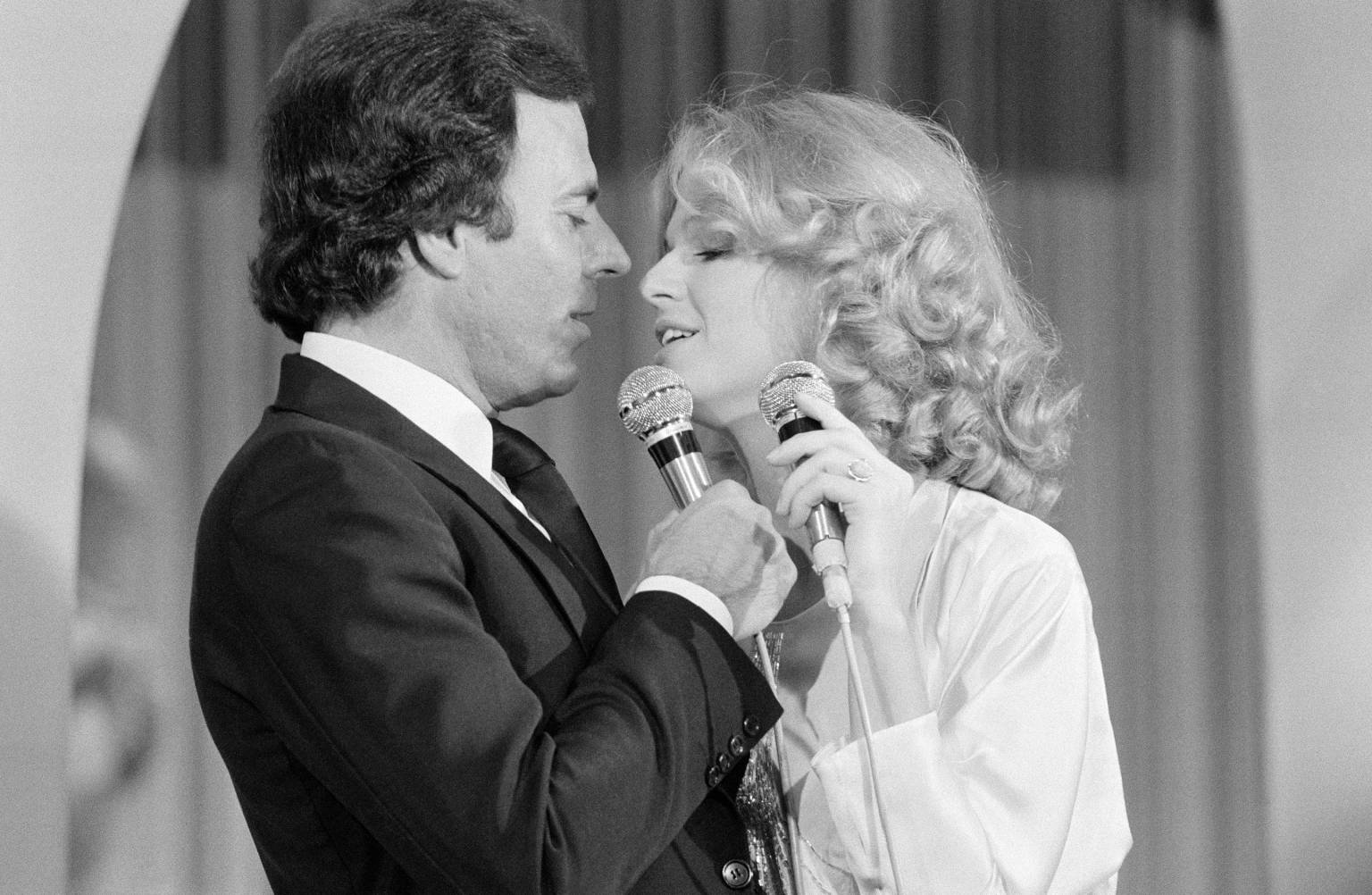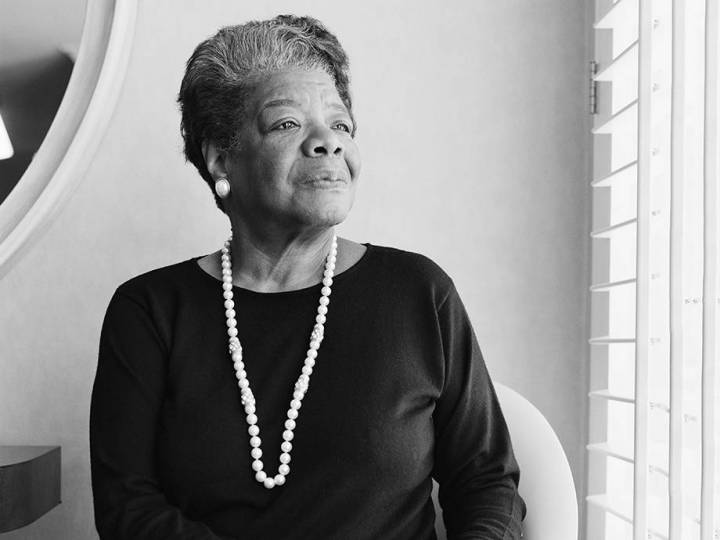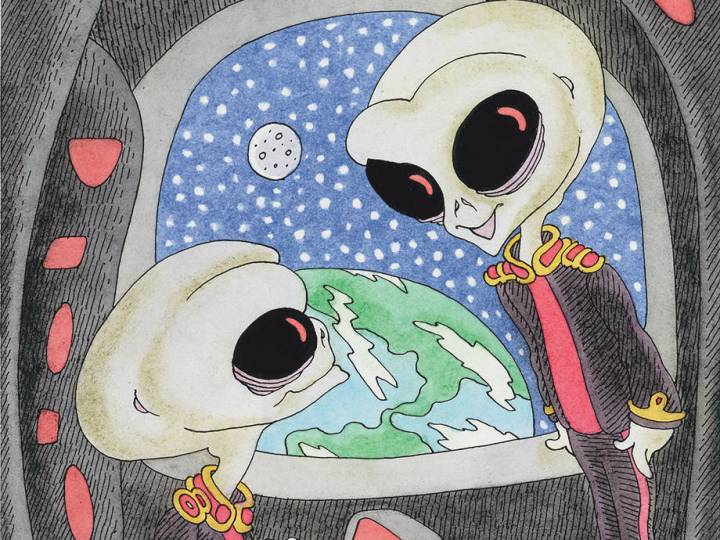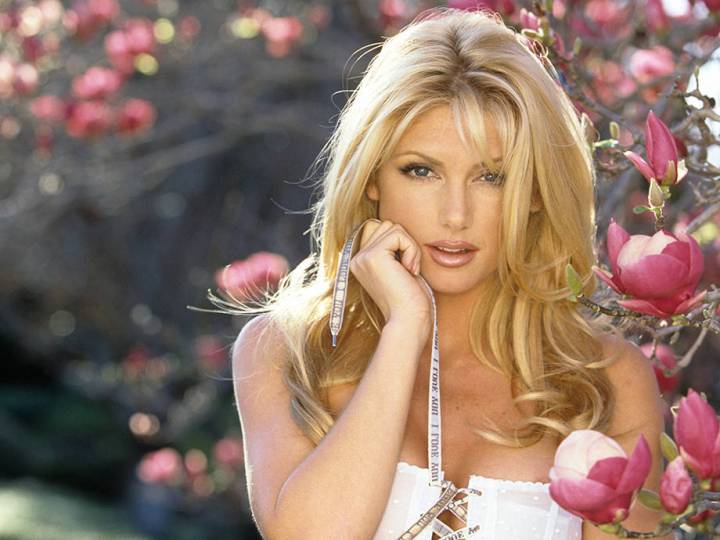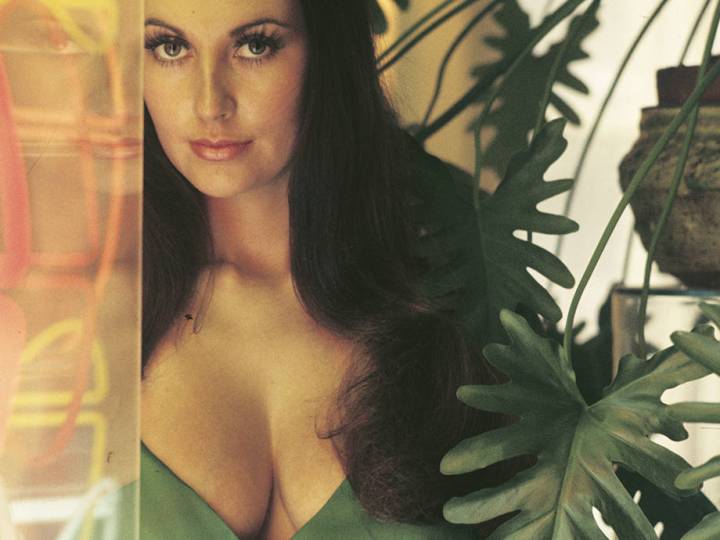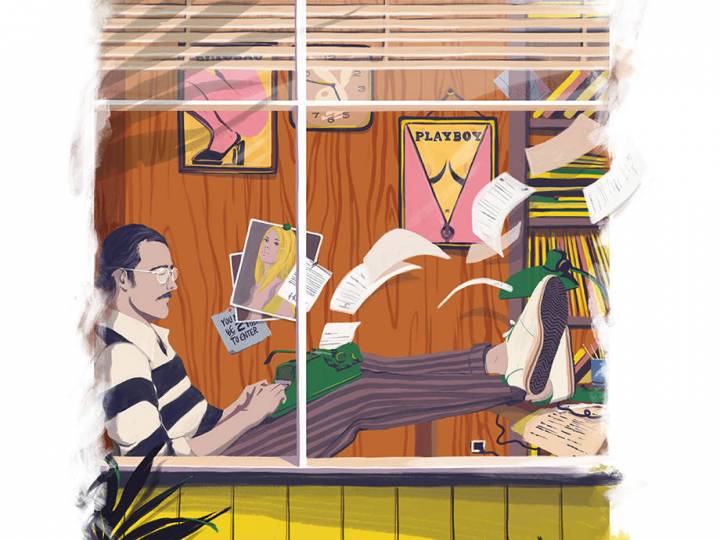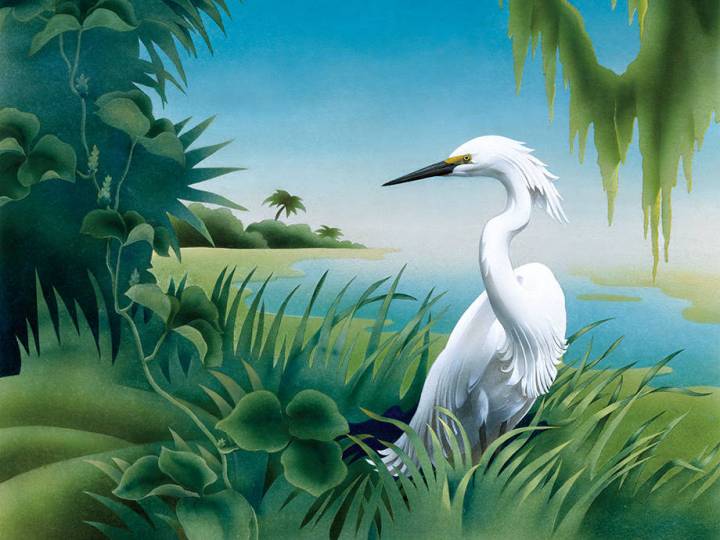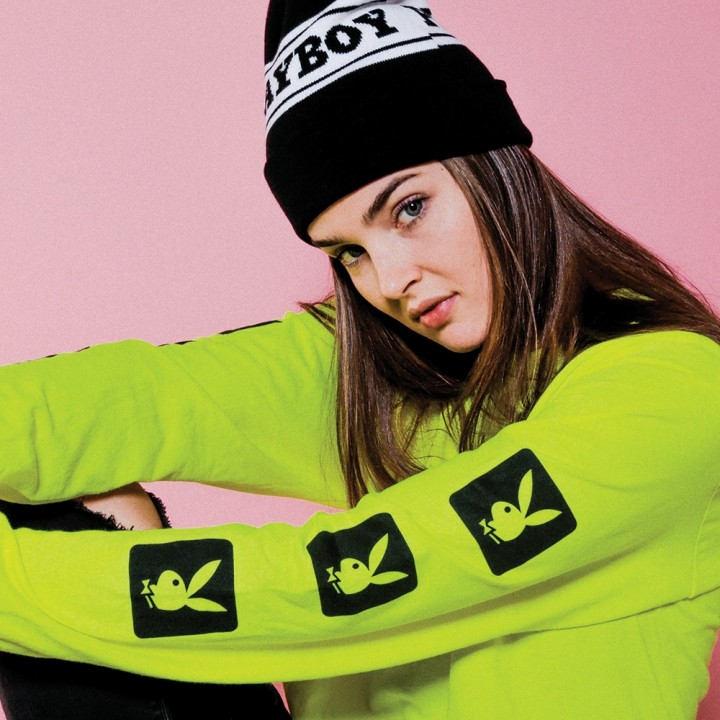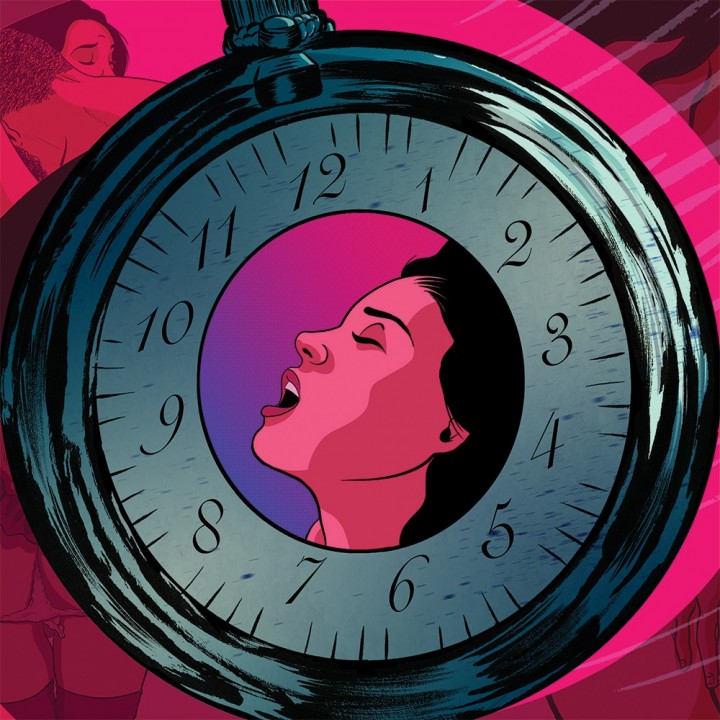
From Playmate to Pop Star: Jeane Manson's Second Act
The chanteuse sold millions of records overseas, but few in the U.S. have heard them
Je suis née une seconde fois—“I was born a second time”—croons Jeane Manson on her hit 1976 single “Une Femme.” The song is a love ballad, one she co-wrote, but the lyric could apply to her career: First she was an actress and August 1974 Playmate. Then she skipped across the pond and was reborn as a sensation in Europe.
Born in Cleveland and raised for more than a decade in Mexico City, Manson displayed a keen performative and musical bent as a young girl, taking up piano and guitar at the age of eight. After moving back to the States as a teen, she studied drama and voice. Manson began writing songs while living in Los Angeles, and in her early 20s pursued acting as well, taking roles in campy thrillers—like 1973’s The Young Nurses (for Roger Corman’s New World Pictures) and 1974’s Terror Circus—to support herself.
In the early 1970s, her friend Cyndi Wood (1974 Playmate of the Year) introduced her to Hugh Hefner and brought her to the Playboy Mansion. Posing for the magazine seemed a natural choice in that sexually liberated era, Manson remembers. Hefner wanted to feature her in the magazine but kept sending her back for more shoots, which ultimately worked out in her favor. “For about two years, I was working for Playboy,” she says. “Thank God! It helped me survive in Hollywood.”
“I sometimes wonder if the priests are going to look me up on the internet.“
The same month her Centerfold finally hit stands in 1974, Manson flew to Europe with a single suitcase, her guitar and the ambition to take her career to the next level.
She got off to a good start: Manson briefly worked for legendary film producer Dino De Laurentiis, who sent her to Rome to meet Federico Fellini. “But I was still kind of starving,” she says. So when she got an offer to act in a French TV commercial, she jumped at the chance. It turned out to be a life-changing decision. Shortly after booking it, Manson landed a contract to do an album.
“France opened its doors to me,” Manson says. “It was quite amazing.“ To acclimate, she taught herself French through singing and songwriting. And because her given name, Jean, is masculine in French, she added an e to the end, becoming Jeane Manson.
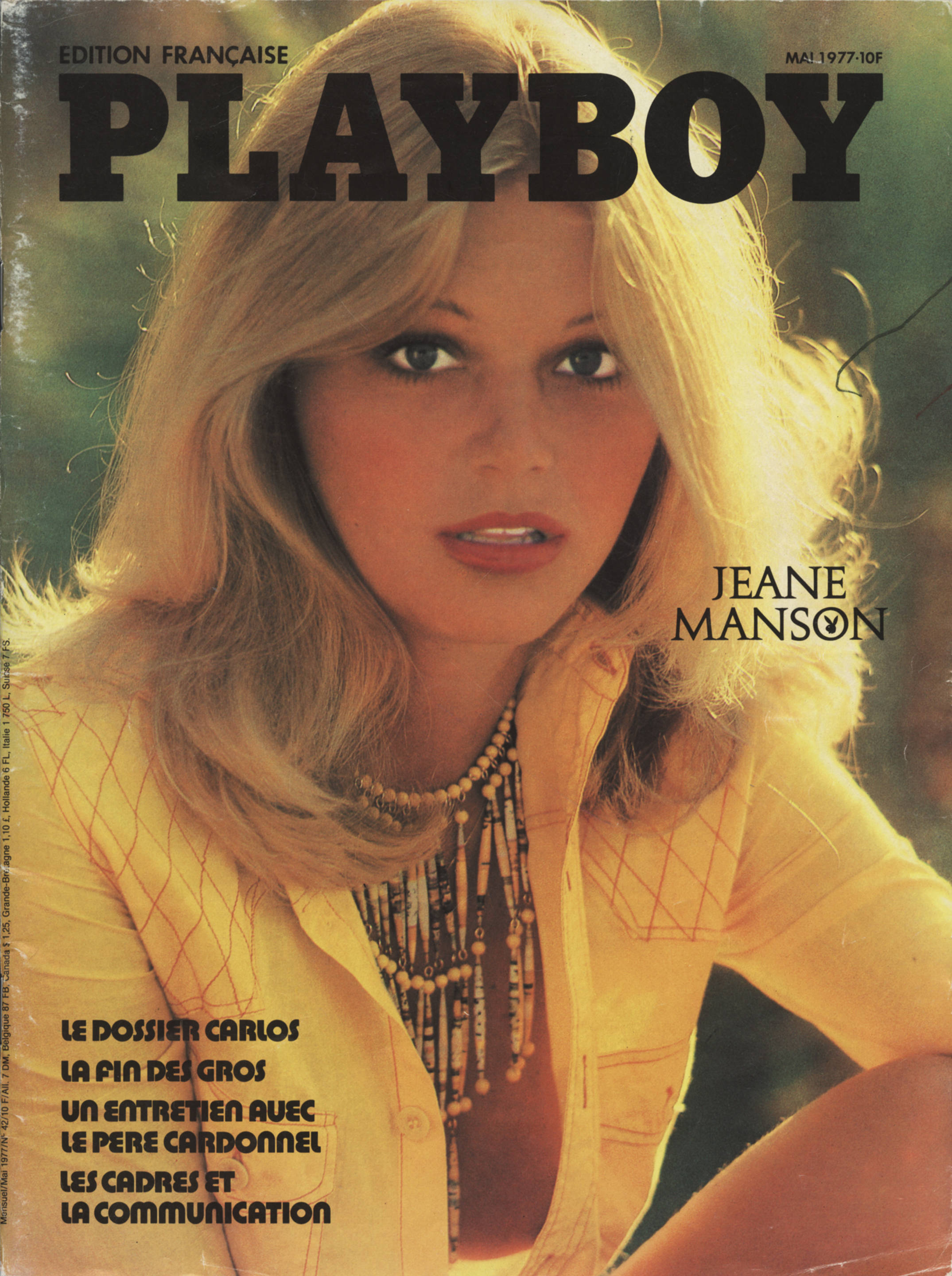
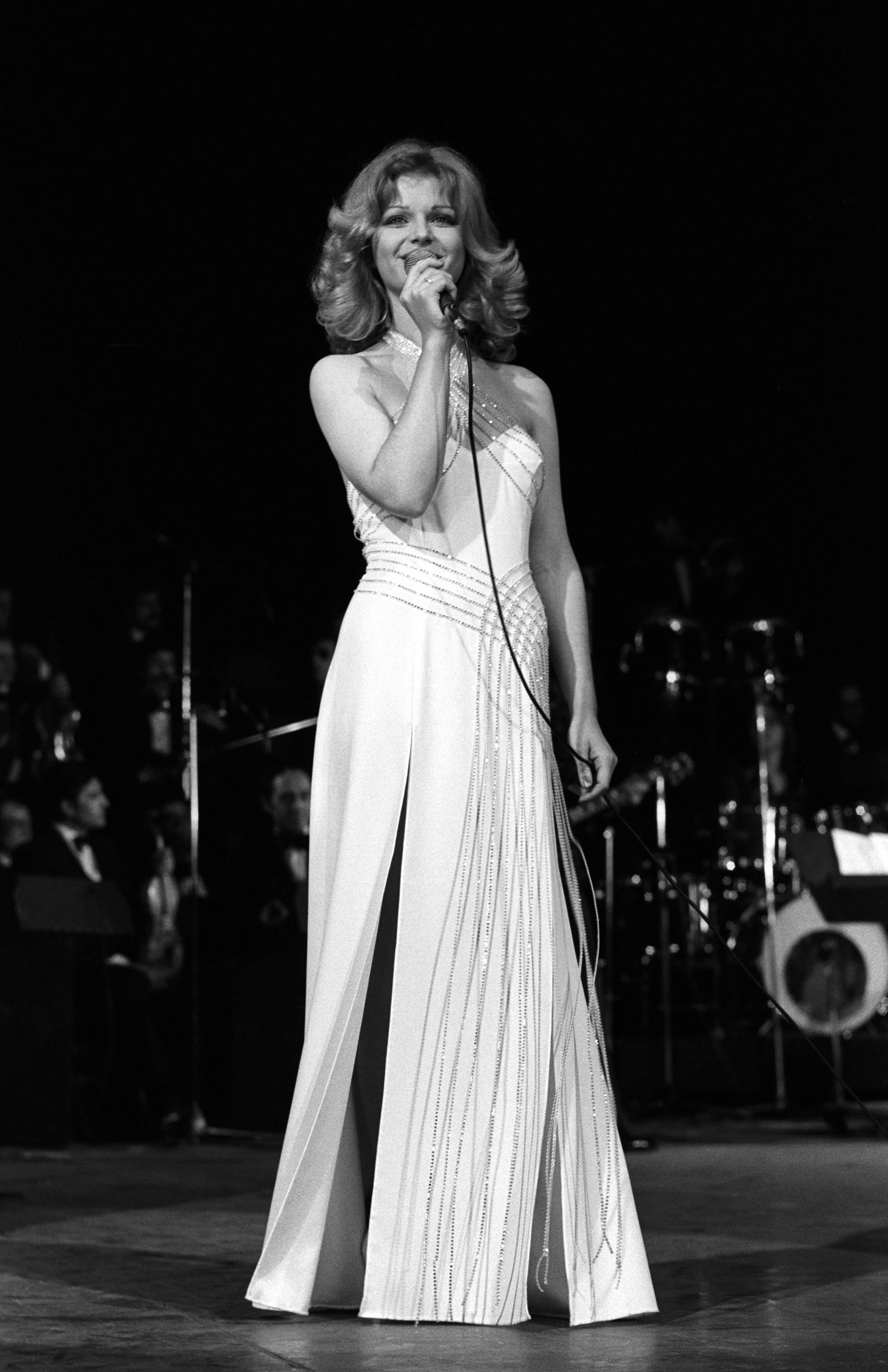
“I knew it was going to be big,” recalls Manson. “They gave me that song and said, ‘Oh, you’ll sell 50,000.’ And I said, ‘No, I’m going to sell 500,000.’ I was very proud when it sold a million.”
A string of French hits followed, including “Une Femme,” “Ce N’est Qu’un Au Revoir” and “Vis Ta Vie.” In 1979 Manson’s budding fame led to one of the continent’s most prominent gigs: competing in the Eurovision Song Contest. Manson continued to act, starring in various European films and TV shows. She has recorded in all three of the languages she speaks—English, French and Spanish—though of her 26 albums released over four decades, only a couple have been in her native tongue. Some of her early English-language recordings were produced by Vic Caesar, who worked with the Singing Playmates around the same time. What’s French for full circle?

Aparna Nancherla Isn't Quite so Simple
The comedian and 'Simple Favor' star tells Playboy about isolation, temping and co-star Aziz Ansari
Will her music ever gain widespread recognition back home?
“It’s never too late,” she says from her home in Peralada, a medieval Spanish village near the border of Catalonia and France. “My dream is still to come back to the U.S. and sing at Carnegie Hall. Can you imagine? A Playmate at Carnegie Hall.”
Now that’s an act three we’d love to see.
